Who was the first electric blues guitarist recorded?
BLUESMUSE26.
Just like Eddie.
record for the new electric guitar company.


BLUESMUSE26.

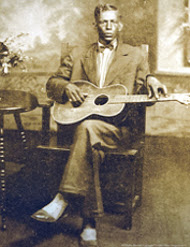
“Always fun reading, Paul. Thanks.” Jason Vivone (@JVivone), leader of the Billy Bats, Kansas City, December 3, 2013. Charlie Patton: taught by Henry Sloan BLUESMUSE44. We ended last week’s post around 1910 on the streets of Dallas, Texas. It was five years before Huddie Ledbetter, also known as Lead Belly, began the first of his…
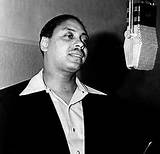
A young Big Joe Turner BluesMuse 12 If Albert Ammon’s ‘Boogie Woogie Stomp’ was the world’s first rock & roll record in 1936, what was the second? Allow me to put forward ‘Roll ‘Em Pete’, another rollicking piano-based boogie woogie, this one released in 1938. The Pete doing the rolling was 34-year old Pete Johnson,…
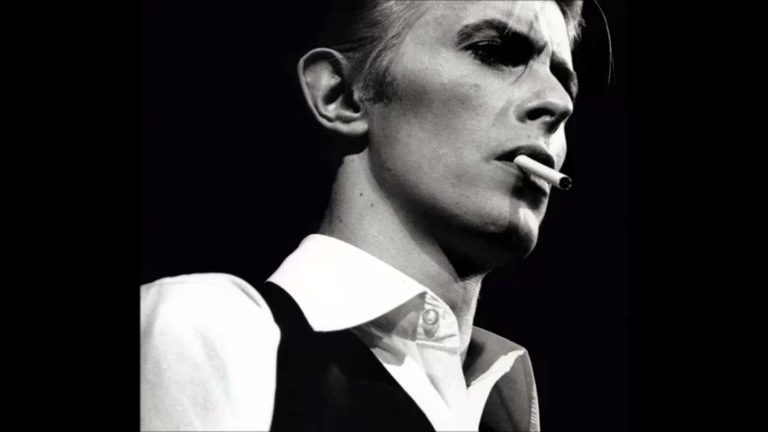
David Bowie died as he lived – with great style. Secretly cremated, with no fanfare, fuss, funeral service or even family present, Bowie’s parting gift to the world was the suitably named album, ‘Blackstar’, the name of a hidden planet, cancer lesion, and a song about death by his hero, Elvis, amongst other things. Released on…
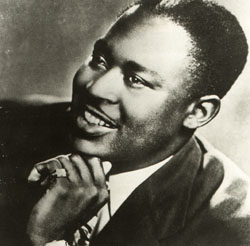
Updated 7 June 2016 This was the first post where I was searching for the earliest rocking blues songs – songs that could be considered rock & roll as well as blues. I finally found 20 songs of this type that I have included in my book, America’s Gift. Here are my first six from…
Once upon a time the BBC made a habit of making world-class television, but I’m afraid those days are long gone. They can’t even get the sound quality right these days, let alone all the naïve writing creeping in, clueless direction and unrealistic plot lines pandering to political correctness. I put it down to young executives with no life experience controlling…
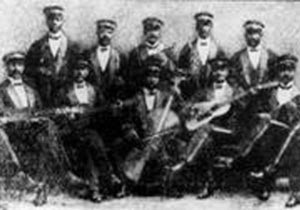
“Mainla shit war … better the world would have been listened to the paulmerryblues!!! Music does not harm anybody! Sergeant Six (@sergeantsix), Munich, Germany. January 8, 2014. BLUESMUSE49. Start spreading the news. The world’s first blues recording, The Memphis Blues, was laid down three times in New York 100 years ago this coming July. But…
This site uses Akismet to reduce spam. Learn how your comment data is processed.
Hi, "A Good Man Is Hard To Find" is not a "blues" song as those are usually understood. Eddie Durham himself said that "Hittin' The Bottle" was acoustic (with resonator); he first recorded on electric with Basie in '37 (before those '38 recordings). Durham wasn't necessarily the first jazz musician to record on electric, e.g. Zeke Campbell played in an essentially jazzy style on Texas recordings earlier. Best wishes, Joseph Scott
Many thanks for your comments, Joseph, and your interest in the Eddie Durham post. Looking back at it, the post said Eddie recorded Hitting The Bottle in September 1935 with a guitar he'd put through a home-made amplifier. And to my ears, his licks sound more like blues than anything else. I don't think Zeke Campbell recorded until 1936 and wasn't he country rather than blues?
I've always considered A Good Man Is Hard To Find as a blues song as recorded as such true blues divas as Bessie Smith? The white singer Marion Harris, incidently, recorded it in 1919 before the blues style as we know it today was formulated. Most references to the song classify it as blues but I suppose everything is subjective. What genre would you describe A Good Man Is Hard To Find?
Hi Paul, Eddie had an amplifier but he said himself that he didn't use it on "Hittin' The Bottle." Zeke Campbell played in a jazzy style similar to a cross between George Barnes and Charlie Christian, and he soloed on electric on the blues "Blue Guitars" that the hillbilly/jazz band the Light Crust Doughboys recorded in 1937. (He bought his first electric guitar near the end of 1936.) The blues "Honky Tonk Blues" by Al Dexter (a hillbilly musician who had previously been the only white member of an otherwise black band) was recorded with electric guitar in 1936. Most of the earliest recordings on electric guitar were made by Hawaiian guitarists, so the earliest recording of any blues on electric guitar would presumably be by one of them. Bessie Smith and Marion Harris both recorded "After You've Gone" and "A Good Man Is Hard To Find," and I would say those two songs both use ordinary pop song structures of the day. Twelve-bar songs about having "the blues" go back about ten years before Harris recorded any.
Hi Joseph: I’d love to know where you found Eddie Durham’s comment, about not using his home-made amp on “Hittin’ The Bottle”. I can’t find it anywhere but I can find many references to the track featuring the first electric guitar recording. The Texas State Historical Association’s website, for example, states, “He (Durham) is credited with being the first person to record an amplified guitar when he was featured on the 1935 Jimmie Lunceford recording of Durham's arrangement of "Hittin' the Bottle." If you still don’t agree, please take it up with them on http://www.tshaonline.org/handbook/online/articles/fduqk as I’m just the messenger.
You’re right about Hawaiian guitarists being the first to go electric. As my book “How Blues Evolved” says, the birth of the National resonator guitar and the first electric guitar were both instigated by the same Hawaiian guitarist, George Beauchamp. After Beauchamp teamed up with Adolph Rickenbacher (the original spelling) in 1931 to create the first electric guitar, they hired a 28-year-old white bandleader and guitarist called Gage Brewer, of Wichita, Kansas to demonstrate the instrument in 1932. With this first electric guitar, Brewer recorded Eddie Green’s 1918 blues composition, ‘A Good Man is Hard to Find’. I know you think this is a pop song rather than a blues, but I stand by my claim this is a blues and provide this link to Bessie Smith singing the song as a blues (to my ears anyway) to back up said claim:
https://www.youtube.com/watch?v=BZVD8QqNoak
However, music being subjective, we must agree to disagree upon whether it’s blues or pop. While Brewer’s 1932 version was not a commercial recording, it was probably the first time anyone had ever been recorded playing both an electric guitar and electric blues or electric pop, depending on how you classify “A Good Man Is Hard To Find”. Gage Brewer then took the new guitar out on the road with his band and publically broadcast its new electric sound over the radio. I believe Hawaiian players, like Andy Iona, then made the first commercial electric guitar recordings as early as 1933. Again, I thank you for your interest in my blues blog and realise you’re obviously as interested in the genre as I am, which is great. Blues needs all the promotion it can get and I hope our discussion helps this in some small way.